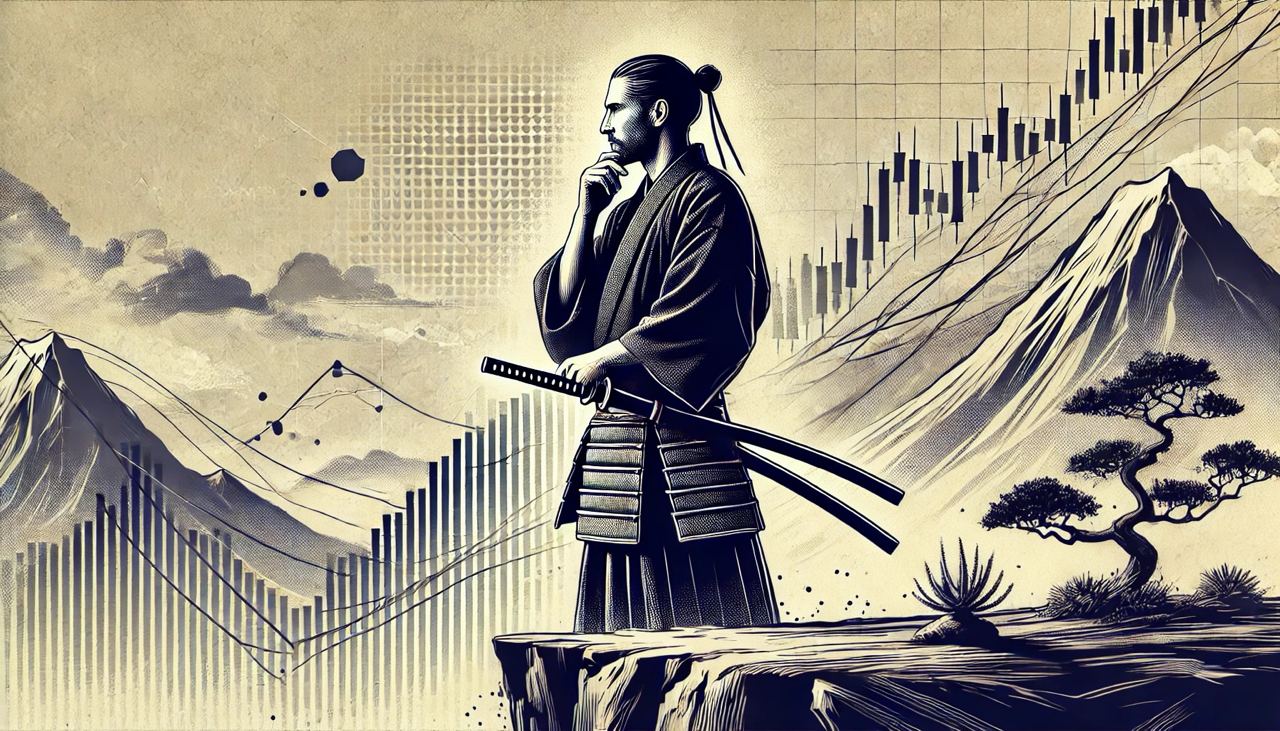Learn Trading for Free and Without Registration
An Online Glossary to Study Trading Independently
Forex Trend Indicators
Trend Indicators: How to Identify Market Direction?

Trend indicators are powerful tools in technical analysis, helping traders identify the direction of price movement. They are particularly useful when the market is in a clear trend. However, it’s important to understand that these indicators have their strengths and limitations. In this article, we’ll explore how to use trend indicators effectively to determine market direction and make informed trading decisions.
What Are Trend Indicators?
Trend indicators analyze historical price data to highlight the overall direction of the market by smoothing out price fluctuations.
Key trend indicators include:
1.Moving Averages (MA): Show the average price over a specific period. These include Simple Moving Averages (SMA) and Exponential Moving Averages (EMA).
2.MACD (Moving Average Convergence Divergence): Based on the convergence and divergence of two moving averages.
3.ADX (Average Directional Index): Measures the strength of a trend.
4.Ichimoku Kinko Hyo: A multifaceted indicator that measures momentum and predicts future support and resistance levels.
How Do Trend Indicators Work?
Trend indicators analyze past price data to determine whether the market is trending up, down, or sideways:
•If the price is above the indicator, it signals a bullish (upward) trend.
•If the price is below the indicator, it signals a bearish (downward) trend.
These tools are commonly used to enter the market in the direction of the current trend, reducing the chances of falling for false reversals.
Example of Using Trend Indicators
Moving Averages and MACD
Let’s consider a daily chart of GBP/USD with the following added:
•5 EMA (blue line).
•10 EMA (red line).
•MACD indicator.
On the chart:
1.September 15: The short EMA crosses below the long EMA, signaling a sell opportunity.
2.Simultaneously, the MACD histogram crosses its signal line from above, confirming the sell signal.
A trader entering a short position at this point could profit from the ensuing downtrend over the following days.
Later on, additional signals emerge:
•A buy signal when the EMAs cross upwards.
•A sell signal when the EMAs cross downwards again.
Both sets of signals enabled traders to profit from upward and downward trends.
False Signals and Limitations
Trend indicators often lag behind current price action since they are based on historical data. As a result, they are less effective during periods of consolidation or range-bound markets.
For example:
•In early June, on the same GBP/USD chart, the MACD gave several sell signals, while the EMAs remained neutral.
•Traders relying solely on the MACD would have opened short positions and faced losses as the price continued to rise.
Expanding the Topic: Popular Trend Indicators
1. Moving Averages (MA)
•Simple Moving Average (SMA): Calculates the average price over a set period.
•Exponential Moving Average (EMA): Gives greater weight to recent prices, responding faster to price changes.
Applications:
•Golden Cross: A bullish signal occurs when the short SMA crosses above the long SMA.
•Death Cross: A bearish signal occurs when the short SMA crosses below the long SMA.
2. MACD
MACD is not only used to determine trends but also to identify potential reversals. Key signals include:
•MACD line crossing the signal line, indicating a trend reversal.
•Divergence between the MACD line and price, hinting at potential trend changes.
3. ADX
•Values below 20 indicate a weak or absent trend.
•Values above 50 signal a strong trend.
While ADX doesn’t specify the trend direction, it helps assess its strength.
4. Ichimoku Kinko Hyo
This indicator consists of five lines, including the Kumo cloud, which highlights support and resistance levels as well as trend direction. It is particularly effective on daily and weekly charts.
Tips for Using Trend Indicators
1.Combine Indicators: Use two or more trend indicators for confirmation. For example, combining EMA and MACD can reduce the likelihood of false signals.
2.Avoid Consolidation Phases: Trend indicators are less effective in range-bound markets. Complement them with oscillators like RSI or Stochastic to identify overbought/oversold conditions.
3.Risk Management: Always set stop-loss orders and establish target levels for taking profits.
4.Backtest Strategies: Test your chosen indicators on historical data to gauge their reliability.
Conclusion
Trend indicators are reliable tools that help traders identify the market’s overall direction and avoid falling for false reversals. However, they are not foolproof and require a comprehensive approach. Combine them with oscillators and support/resistance levels to maximize accuracy.
Successful trading begins with understanding how these indicators work and using them in practice. Remember, no tool guarantees success—your discipline and analytical skills are the key to achieving consistent results.


